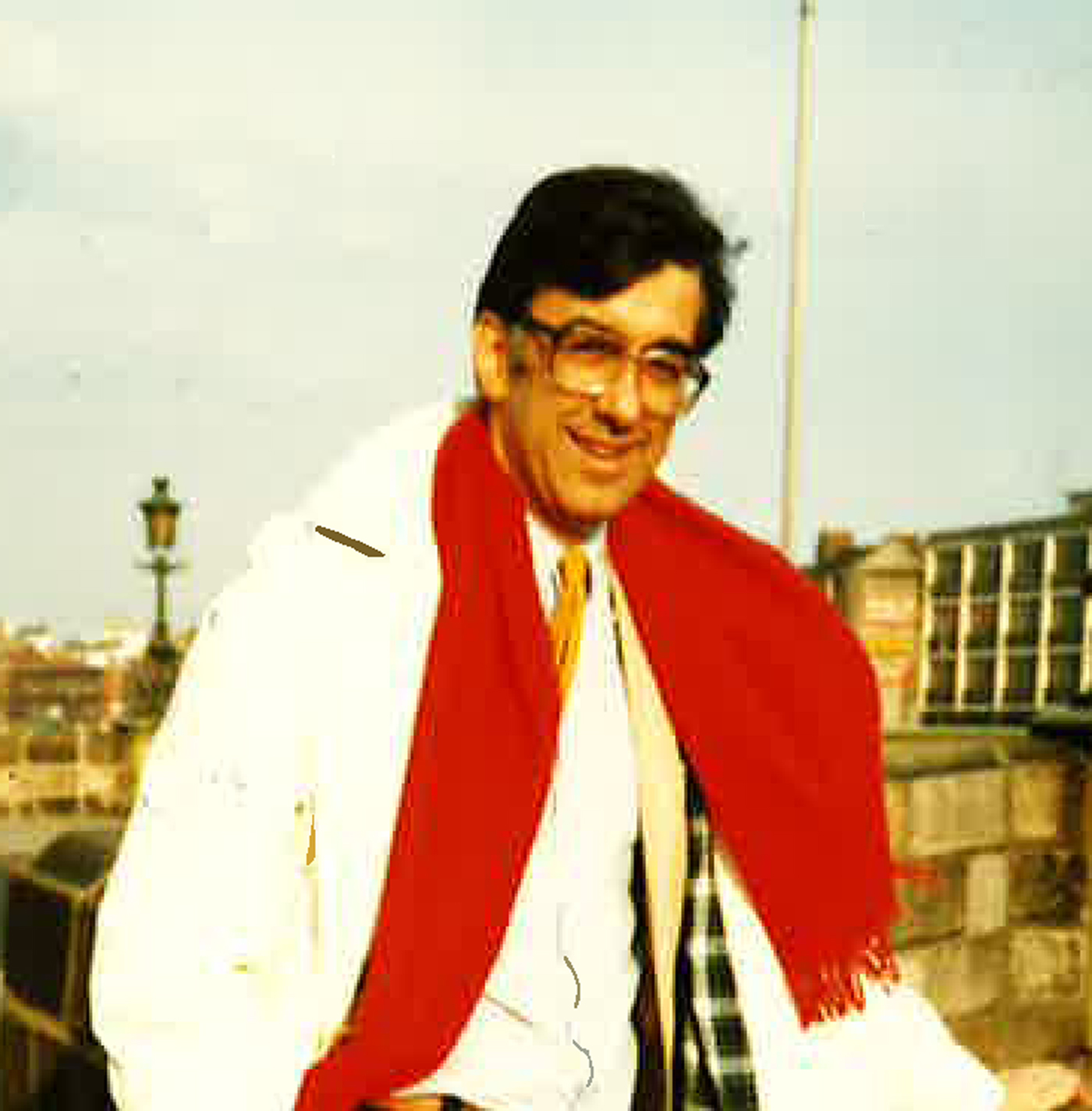It is with the deepest sadness that I write these words.
I first met Andrew Parker in 1981 when I was a newly appointed lecturer at Reading University. He was confident and endlessly professional. Little did I know then that I would spend the next 20-something years collaborating with this very clever, Christian and articulate individual.

Andrew completed his BA in Geology and Chemistry at Keele University in 1964. He always spoke very warmly of those days and the university's imaginative approach to his education that he so enjoyed. From Keele, he went on to study for a PhD in Reading and he never left, except for a short exchange at the University of Illinois and a National Science Foundation Postdoctoral Research Fellow at Lehigh University (Centre for Marine and Environmental Studies) in the USA.
Reading University was Andrew's academic home for some 40 years. He rose from the ranks of Research Officer to Research Fellow, and later became Director and Head of the Postgraduate Institute for Sedimentology and Senior Lecturer. Ever the innovator, Andrew played a key role in setting up undergraduate degrees in Geochemistry and Environmental Science of the Earth and Atmosphere and the MSc in Hydrogeology. He was an energetic visionary and always looked to shape the future for himself and his colleagues. His political acumen and lobbying skills were endlessly valuable in his managerial roles, and his loyalty to students, colleagues and the institute was beyond measure.
Andrew's research began in more classic mineralogy, originally working on zircon and clay minerals. The applications of his work always interested him, so perhaps it was inevitable that he would later publish in areas such as oil exploration and environmental pollution.
His papers include work on trace metals, micro-ionic nutrients and radionuclides in sedimentary environments, but it was perhaps in the relatively new field of organic contaminants in sedimentary systems that he made his greatest contribution. (He and I collaborated with Professor Alan House in the latter field for more than a decade.)
Andrew published more than 100 peer-reviewed articles, books and chapters together with many influential reports and gained over £2 million of external funding. His edited books include Environmental Interaction of Clays with Joy Carter and The Frontiers of Geochemistry with Russell Harman.
Andrew would have made a top-notch politician and thoroughly enjoyed his subject-based national and international roles. Amongst many other roles, he was Chair of the Clay Minerals Group of the Mineralogical Society (1995–1998; and a committee member from 1977–1980) and was on the Council of the European Clay Groups Association.
Andrew had twinkling eyes and was always full of fun; his energy and zest for life were as evident in his leisure time as in his academic life. Amongst other things, he was a member of the legendary Fast Performance Club (dedicated to driving fast and usually expensive cars in a safe and professional manner). I remember particularly his beautiful classic yellow Lotus Elite. (It sadly caught fire one day when Andrew was sitting in it at traffic lights.) Bridge was another passion, and Andrew's team achieved huge success at county level. He also played for England in the Senior Team event at the European Championships.
Andrew's legacy to sedimentary geochemistry is huge and lasting, not least through the mentoring and support he gave to the astounding 59 research students that he co-supervised. These former students, together with colleagues, family and friends, will miss Andrew immeasurably.


